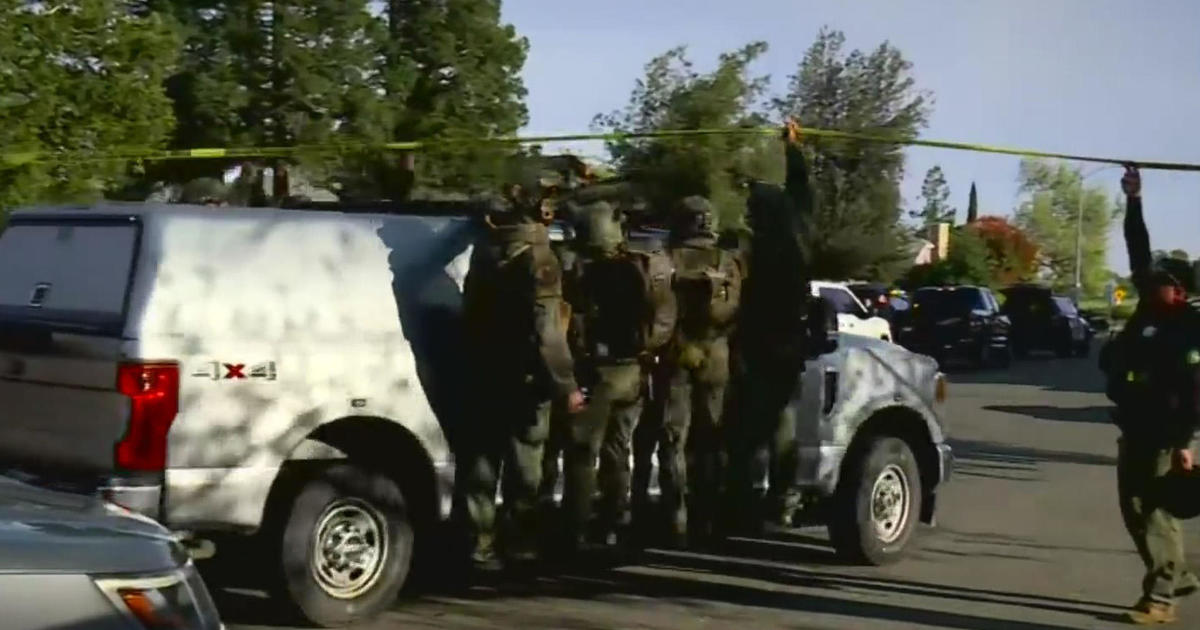PG&E Reports Progress On Safety Recommendations
SAN FRANCISCO (AP) — More than two and a half years after a pipeline explosion killed eight people in a San Francisco suburb, a Northern California utility said Tuesday it has made sure that all of its gas transmission lines coursing through urban areas are running at safe operating pressures.
Officials at Pacific Gas & Electric Co., one of the nation's largest gas companies, said it has finished implementing seven of federal investigators' 12 recommendations to fix its network in the wake of the Sept. 9, 2010, blast. The explosion sparked a fireball that engulfed a San Bruno neighborhood, injuring dozens of people while destroying 38 homes.
"Our aspiration is to be the best," Executive Vice President of Gas Operations Nick Stavropoulos said at an industry conference in Texas. "I came to PG&E because I didn't want anyone to go through what those families went through in San Bruno."
Stavropoulos added that PG&E can now assure federal regulators that the communities served by PG&E are aware of crucial gas safety information.
The company also has updated its contingency plans for work on its transmission system, he said.
The National Transportation Safety Board unanimously agreed in 2011 that the accident was caused by what board chairman Deborah Hersman called a "litany of failures" by PG&E, as well as weak oversight by regulators.
Hersman called the explosion the nation's most significant pipeline accident in the past decade, not only in terms of its destructiveness but also for the significant safety lapses it revealed.
The total of 39 recommendations issued in the San Bruno accident were the most for any pipeline accident since 1999, NTSB spokesman Peter Knudson said Tuesday.
PG&E is still working to implement five of those recommendations. Federal and state regulators, industry associations and California's governor have gone forward with some of the others directed toward them and continue to weigh whether to embrace some of the more stringent proposals.
Separate from the NTSB investigation, state investigators at the California Public Utilities Commission have blamed PG&E for the explosion, which occurred when an underground pipeline ruptured at the site of a decades-old faulty weld, sparking a gas-fueled fire.
PG&E could face hundreds of millions of dollars in possible state fines.
Copyright 2013 The Associated Press.



